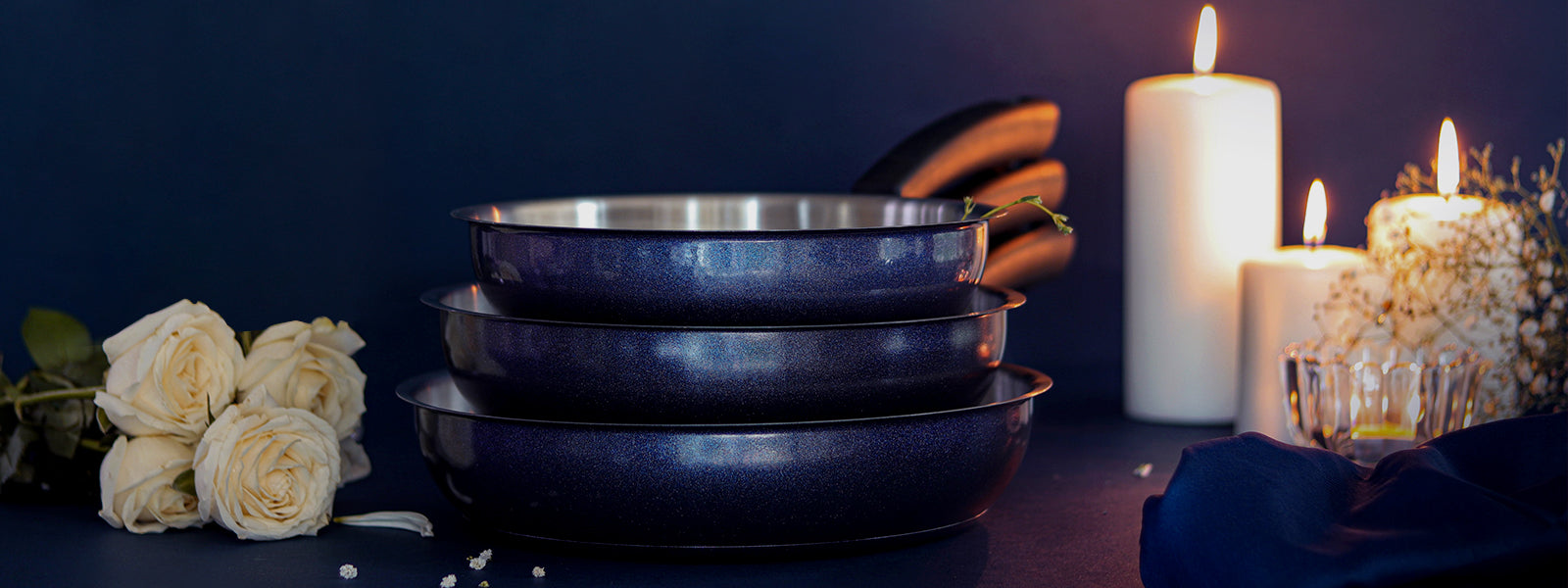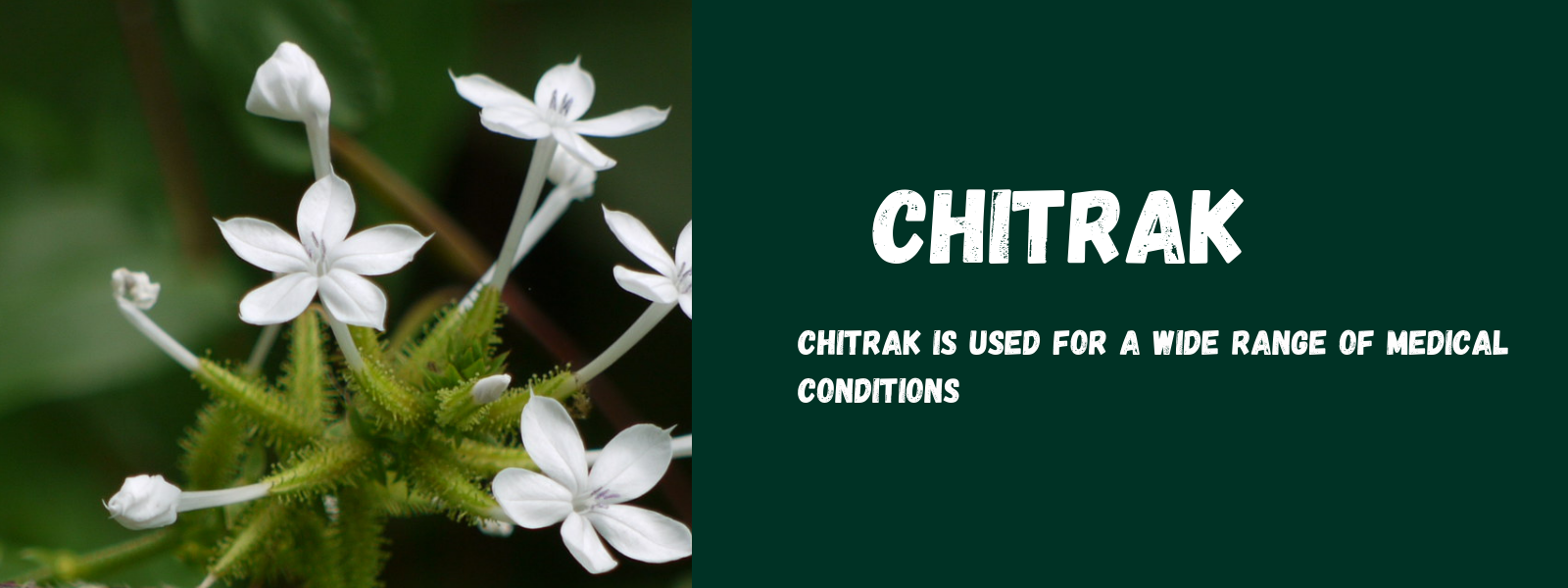Saussurea costus is a plant that comes from the Asteraceae family. This family has about 1000 genera and 30,000 species, and they can be found all over the world. India is home to about 177 groups and 1052 species. There are 300 species in the genus Saussurea DC, and about 61 of them can be found in India.
Table of Contents
Plant description of Saussurea costus:
It is a tall, sturdy plant that is usually found in India at altitudes between 2,500 and 3,000 m (8,200 to 9,800 ft) (Himalayas, Jammu, Kashmir, Kishenganga Valley and Western Ghats). It has bluish-purple flower heads that don't have stems and are grouped in groups of two to five at the ends of leaves or in the axils of leaves. The leaves are made of a thin membrane and have a glabrous bottom, a scaly top, and a pointed base. The plant usually blooms from July to August, and the seeds are ready to be eaten from August to September. The plant could grow in a wide range of soils, including light sand, heavy to medium clay, acid, neutral, basic, and alkaline soils. The plant does best in areas with some shade or none at all.
What is Saussurea costus?
Saussurea costus is a perennial, hairy herb with a simple, thick stem that is usually between 1 and 2 m high. The leaves have uneven teeth, and the ones at the bottom are big, about 0.50 to 1.25 m long, and have long petioles with wings. The upper leaves are smaller and have short stems or don't have stems at all. The two small lobes at the bottom of the leaf hold onto the stem. The round, hard, bluish-purple to black flowers are between 2.4 and 3.9 cm across. The corolla is a tube that is 2 cm long and either blue-purple or black. The bracts on the involucre are long and pointy, ovate-lanceolate, hairless, stiff, and purple. After the flowers come the fruits, which are about 8 mm long, curved, compressed, and tapered at the tip. Pappus is brown and has two sets of feathers. The roots are thick and up to 40 cm long. They are dark brown or grey.
Other names of Saussurea costus:
In Arabic, it is called kust or qust, in Chinese it is Mu Xiang, in Hindi it is kut, kur, and pachak, in Bengali it is kostum and gostham, in Tamil it is potchuk, in Sanskrit it is kustha, and in Kashmiri it is kuth or postkhai.
Health benefits of Saussurea costus:
- Health of the heart: Research shows that Saussurea costus is good for the health of the heart.
- Cancer: Cancer can be helped by Saussurea costus. The test on human gastric cancer cells shows that the herb slows the growth of tumours and causes them to die off (apoptosis).
- A healthy liver: Saussurea costus is helpful for treating liver problems.











Leave a comment